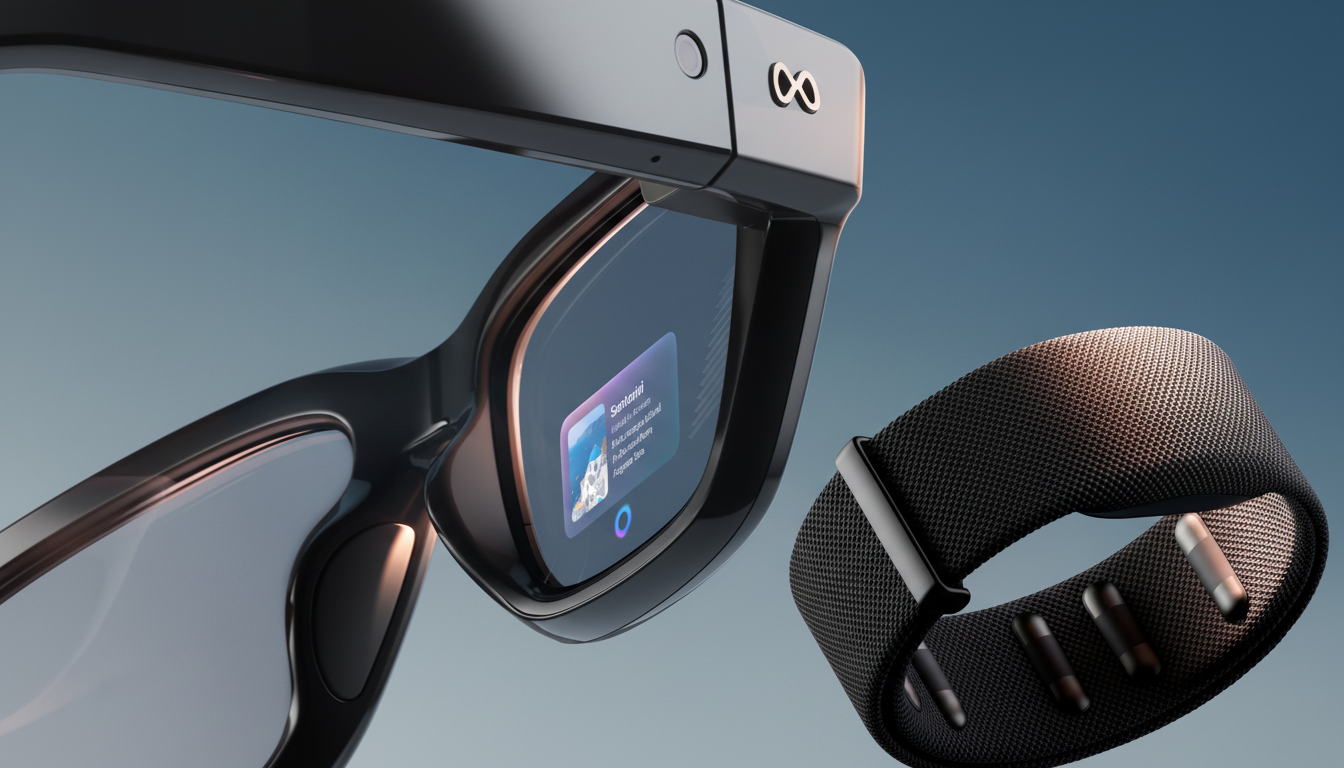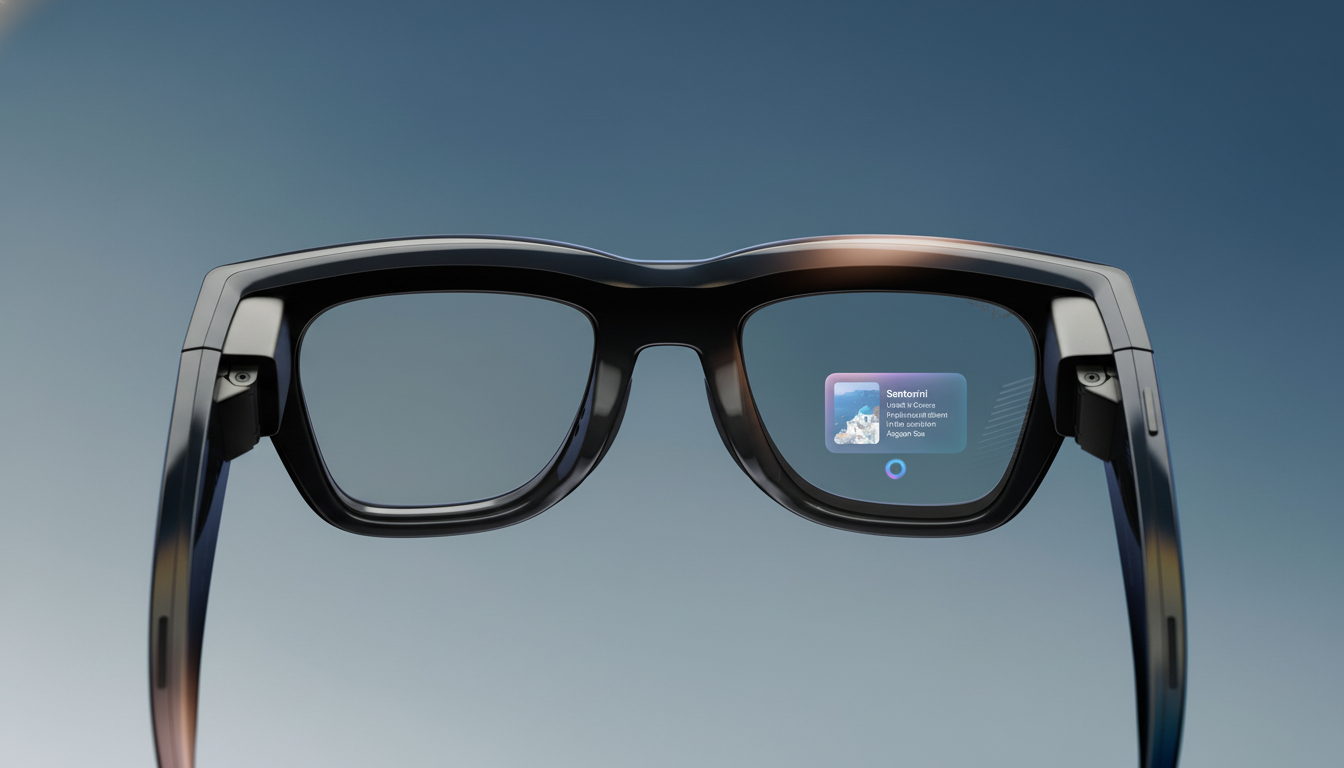If you missed the first wave of Meta Ray-Ban Display reservations, there’s fresh hope in sight. Verizon is now selling the smart glasses in stores nationwide, providing another opportunity for shoppers to score a pair. There’s a hitch, though: Purchases still necessitate an in-person demo, and appointment slots are already getting snatched up.
High Demand Meets a Wider Retail Channel Nationwide
Meta’s Ray-Ban Display has been hard to come by since it was introduced. The early windows for reservations stretched from days to weeks as interest soared, and many potential buyers were left waiting. And with national carrier stores in the mix, Meta is just widening the funnel without changing the nature of the process: you still have to book a demo before you can buy.

The retailer notes Verizon will handle sales at retail price, matching Meta’s own pricing and without a contract obligation. The demo scheduler is routed through Meta’s reservation tool; you’ll need to input your ZIP code, which will pull up nearby Verizon locations with available time slots. Some locations are already scheduled out one to two weeks based on current store availability checks, so be sure to plan in advance.
It’s not the first time a carrier has worked on Meta smart eyewear. Previous Ray-Ban models were also sold in carrier channels, which played a role in normalizing the idea of trying on connected glasses before purchase — something not easily replicated by traditional online checkout.
Price, Key Specifications, and What You Actually Get
It is named the Ray-Ban Display, costs $799 and combines a light Ray-Ban frame with Meta’s onboard display and a wristband controller powered by neural signals. The central pitch is ‘effortless, heads-up computing’: glanceable overlays, quick-reply messaging and navigation cues without having to reach for your phone. Hand motions can also move you among menus using gesture input — a pinch, swipe or wave.
For capture, the glasses have a 12-megapixel ultrawide sensor akin to Meta’s camera-only models for taking eye-level photos and short videos. This is still the defining advantage of smart glasses, whether you’re filming a bike commute or taking hands-free snapshots of your trip. Just like other generations, there are some indicators when capturing video to preserve the privacy of onlookers.
The neural wristband is significant beyond this product cycle. Meta has been quick to show off wrist-based electromyography research — gained early thanks to its CTRL-labs acquisition — that would translate micro nerve signals into digital input. By bringing that idea to a mass-market wearable app, what Meta appears to be betting on is subtle, almost imperceptible nudges as the future of AR controls.

How to Book a Demo and Increase Your Odds of Buying
To purchase through Verizon, first schedule a demo appointment via the carrier’s listing, which will send you to Meta’s reservation portal. Type in your ZIP code, choose a Verizon store, and select an available slot. You’ll finalize the purchase when you visit the store for your guided demo. No carrier plan or financing options will be presented at checkout.
Availability varies by location. If the wait time at your nearest location is long, consider:
- Expanding your search radius to reach more stores within driving distance.
- Scrolling in the wee hours when cancellations are typically posted.
- Calling the store ahead of time to inquire about day-of openings or whether they keep a waitlist.
In this demonstration, you will have a fit check prior to starting, a review of common gestures, and then an introduction to capture controls and safety indicators. If you expect to venture into prescription or lens territory later, ask the store about frame variations and services, such as lens refurbishment, so you know your way from purchase on.
Why This Move Matters for Smart Glasses Adoption
Bringing smart glasses to carrier stores is a strategic move. Carriers are designed for hands-on demos, and they know how to handle high-traffic launches. Analyst firms such as IDC and CCS Insight have argued time and again that the low-friction consumer sales channel is an inhibitor to keep AR wearables from reaching mainstream, particularly for products where a try-on is beneficial.
The timing is also significant. The larger category surrounding AR and spatial computing is changing, and new participants have entered the field, while established players are also warming up to it. As rivals either experiment with headsets or hint at concepts for eyewear, Meta’s model here is practical: a stylish frame, a targeted selection of everyday functions, and an input method meant to vanish into the background.
Bottom line: If you’ve been holding out for a second go at the Ray-Ban Display, Verizon’s rollout is your shot. The price is right, the process is easy, and the queue is in operation — even if only at a crawl. And while you’re at it, book a ticket now, so you don’t face the multiweek delay that disappointed early customers.

